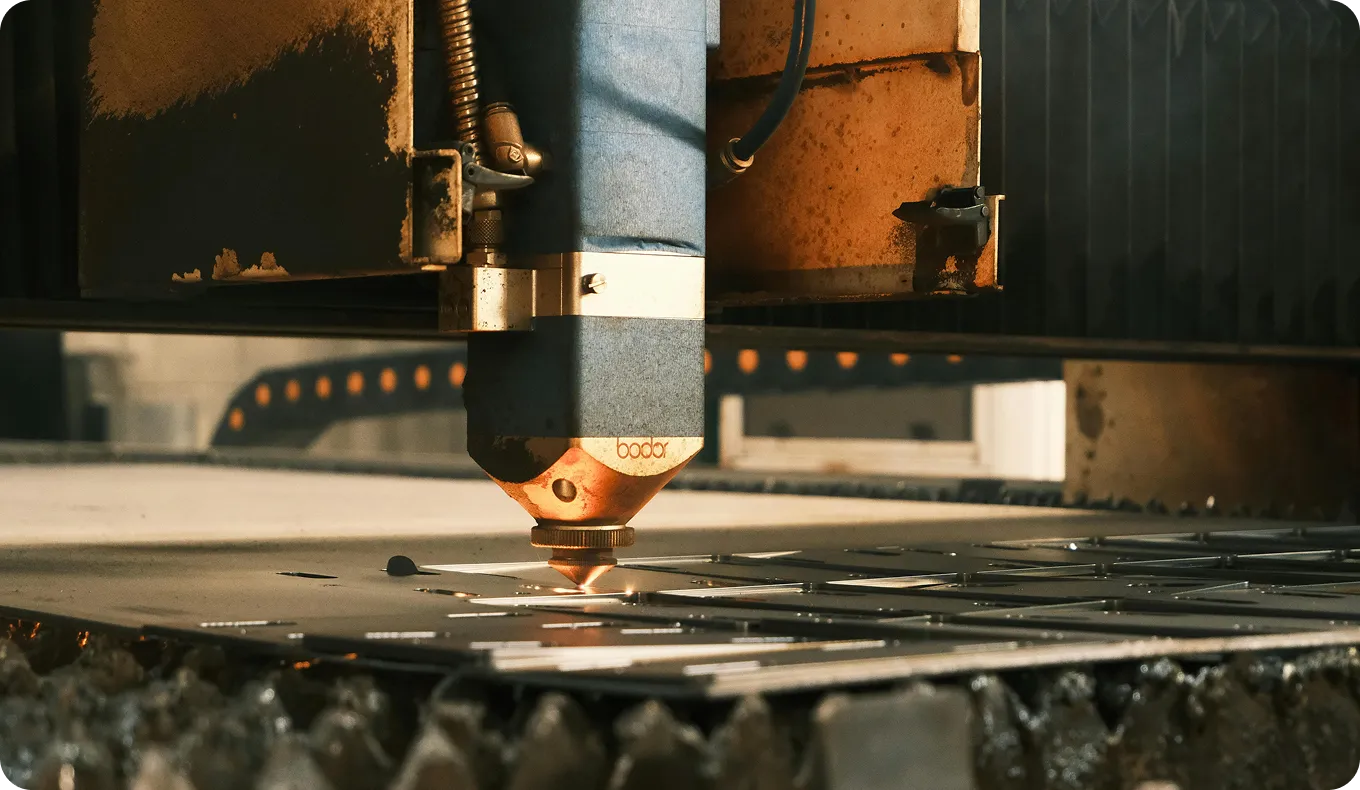Autoencoder
Discover how autoencoders compress data, reduce noise, and enable anomaly detection, feature extraction, and more with advanced AI techniques.
An autoencoder is a type of artificial neural network used for unsupervised learning. Its primary goal is to learn a compressed, efficient representation (encoding) of a set of data, typically for the purpose of dimensionality reduction or feature extraction. The network achieves this by learning to reconstruct its own input. It consists of two main parts: an encoder, which compresses the input data into a low-dimensional latent space, and a decoder, which reconstructs the original data from this compressed representation. By forcing data through this "bottleneck," the network must learn to identify and preserve the most salient features while discarding noise and redundancy.
How Autoencoders Work
The architecture of an autoencoder is composed of an encoder function and a decoder function, which can be simple feed-forward networks or more complex structures like Convolutional Neural Networks (CNNs).
- Encoder: This part of the network takes the high-dimensional input data and maps it to a lower-dimensional latent representation. This compressed vector captures the core essence of the input data.
- Bottleneck: This is the layer that contains the compressed, latent-space representation of the input. It is the core of the autoencoder and the reason it is effective for dimensionality reduction.
- Decoder: This part takes the compressed representation from the bottleneck and attempts to reconstruct the original high-dimensional input data.
The model training process involves minimizing a loss function, often called the reconstruction error, which measures the difference between the original input and the reconstructed output. This process is a form of self-supervised learning, as the model learns from the data itself without needing explicit labels.
Real-World AI/ML Applications
Autoencoders are versatile and have several practical applications in machine learning and deep learning.
- Anomaly Detection: Autoencoders are highly effective for anomaly detection. A model is trained on a dataset containing only "normal" data points. When a new, anomalous data point (e.g., a manufacturing defect or a fraudulent financial transaction) is fed to the encoder, the decoder will fail to reconstruct it accurately. This results in a high reconstruction error, which can be used as a signal to flag the anomaly. This is a critical technique in AI for manufacturing and financial security systems, a topic explored by institutions like the Alan Turing Institute.
- Image Denoising: A Denoising Autoencoder can be trained to remove noise from images. The model is fed noisy images as input and trained to output the original, clean versions. This capability is valuable in medical image analysis to enhance the quality of MRI or CT scans, or in restoring old, grainy photographs. This learned approach to denoising is more sophisticated than traditional image processing filters.
There are many types of autoencoders, including Sparse Autoencoders, Denoising Autoencoders, and Convolutional Autoencoders. One of the most significant variations is the Variational Autoencoder (VAE), which is a generative model capable of producing new data samples similar to the ones it was trained on. A comprehensive overview of VAEs is available on arXiv.







.webp)
